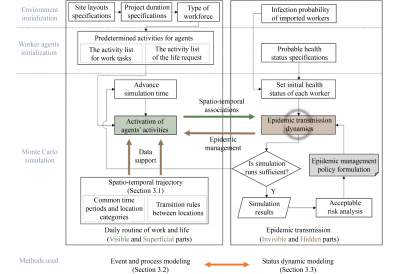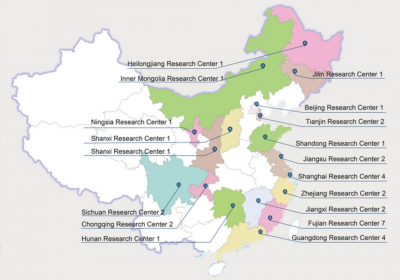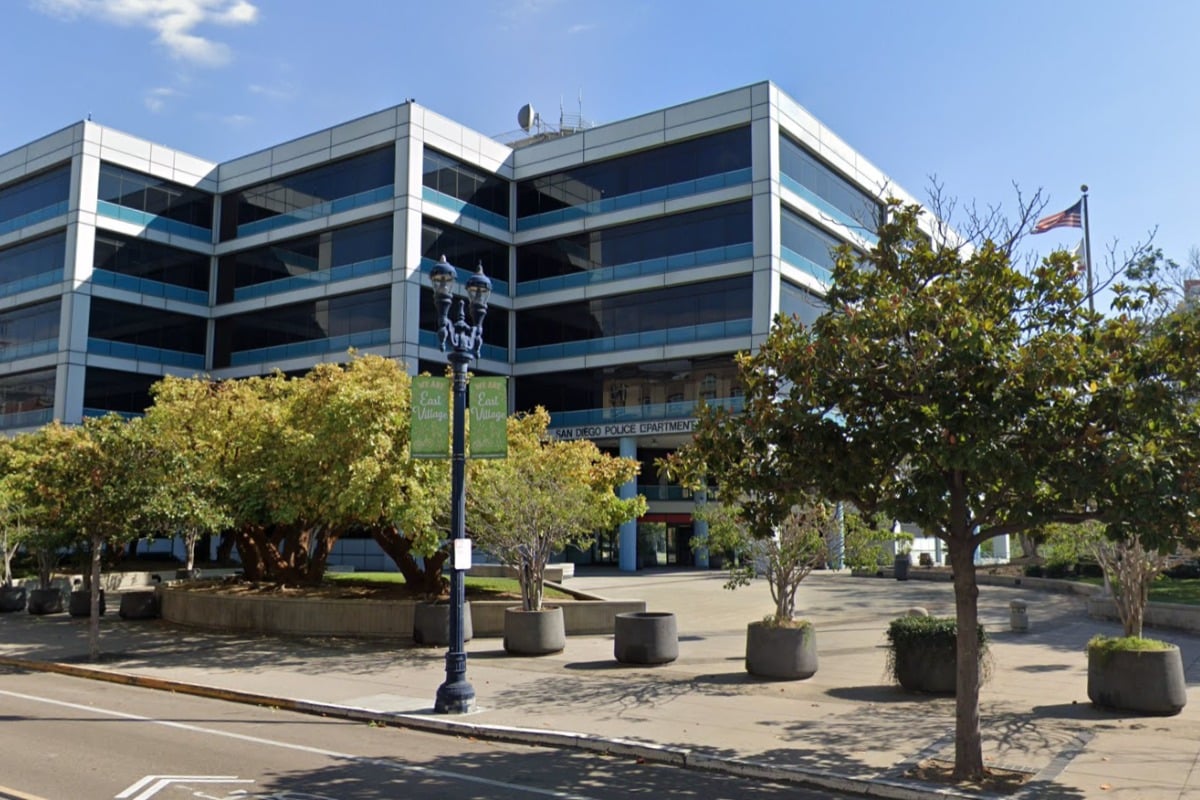URGENT UPDATE: A groundbreaking agent-based modeling approach has just been announced to revolutionize pandemic management strategies on construction sites. This innovative method aims to mitigate severe threats posed by sudden pandemics, which have historically jeopardized worker health and halted project progress.
In the construction industry, workers face heightened infection risks due to labor intensity and close proximity. This situation often results in project delays, cost increases, and quality declines. Recent studies show that these impacts can escalate costs by up to 20% and extend project timelines significantly. As the global construction sector grapples with these challenges, the urgency for effective adaptive management strategies has never been clearer.
Current research has predominantly focused on the statistical analysis of pandemics’ negative impacts, neglecting the development of specific adaptive management strategies tailored for construction environments. Conventional methods, including archival analysis and questionnaires, fall short in providing scenario-specific insights essential for real-time decision-making.
According to experts, traditional contact list-based epidemic simulation models are incompatible with the unique dynamics of construction sites, which feature semi-open outdoor spaces and distinct worker movement patterns. This gap in effective management tools has heightened concerns among project managers and stakeholders.
The new agent-based modeling strategy promises to fill this void by simulating various pandemic scenarios in real-time, allowing construction managers to implement proactive measures tailored to their specific situations. This shift could revolutionize how construction sites respond to health crises, ensuring worker safety while maintaining project timelines and budgets.
As the situation develops, industry leaders are calling for immediate adoption of these innovative strategies. The construction sector has a history of lagging behind other industries in health management practices, making this development critical for protecting workers and ensuring project viability during health emergencies.
The potential impact of this new approach extends beyond the construction industry; it could serve as a model for managing pandemic responses across various sectors. As countries continue to face the threat of future pandemics, the integration of adaptive strategies into operational practices will likely become a standard necessity.
What’s next? Stakeholders in the construction industry are urged to monitor the rollout of this agent-based modeling strategy closely. As more data becomes available, the global construction community will need to adapt rapidly to safeguard their workforce and ensure project continuity in the face of uncertain health crises.
The urgency of this situation cannot be overstated. With the construction industry poised for recovery post-pandemic, the adoption of innovative management strategies will be crucial in building a resilient future. Stay informed for further updates on this developing story.







